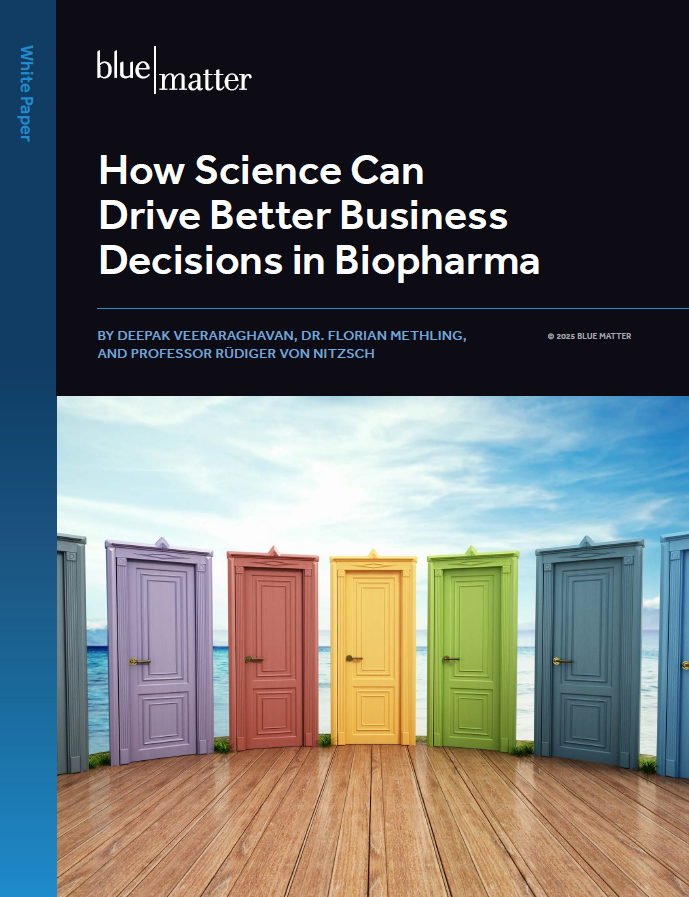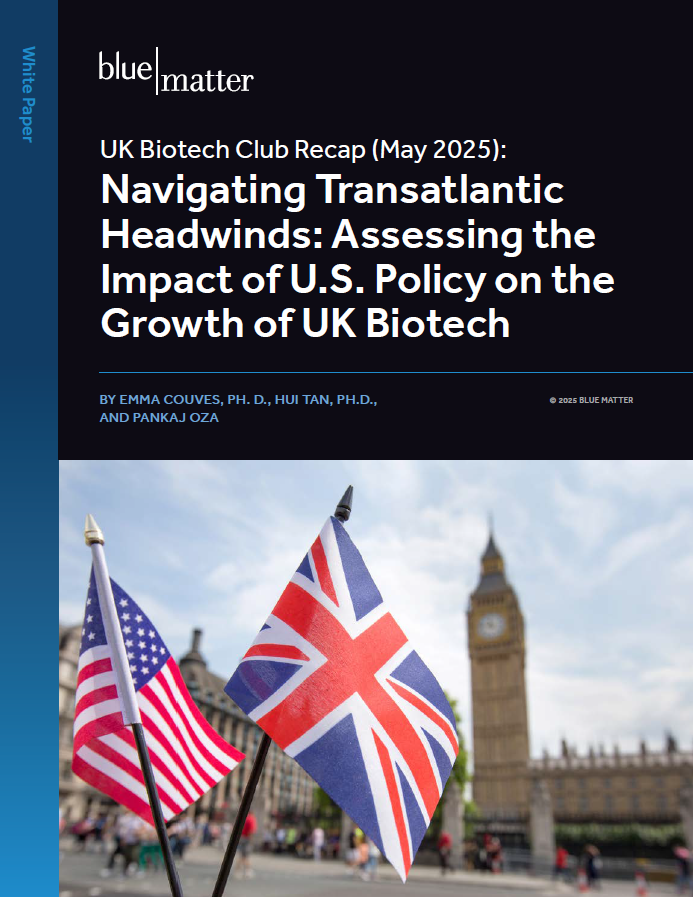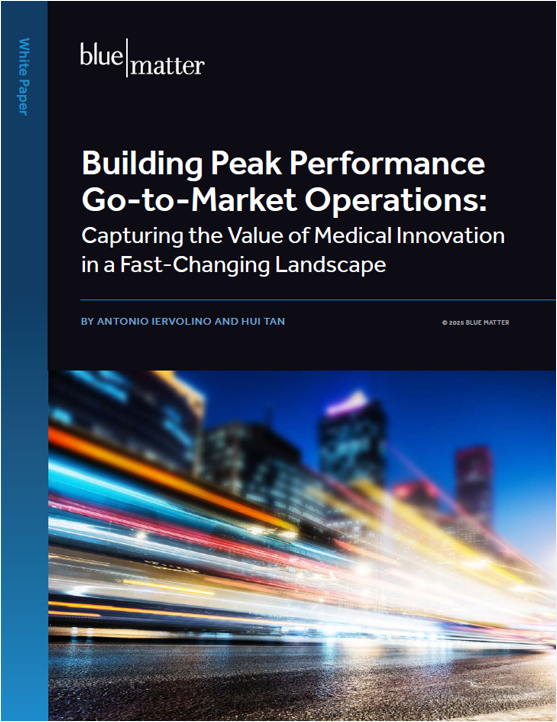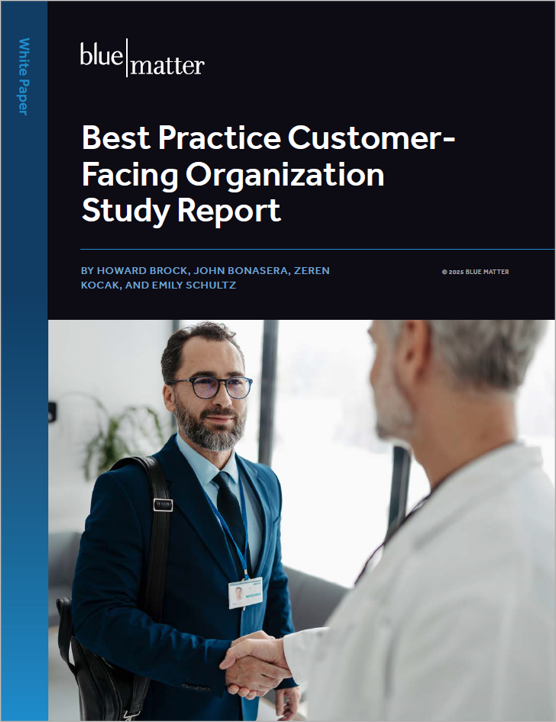
At some point, any growth-minded non-European biopharma company will look to Europe as a possible source of new opportunity. Europe is attractive and offers vast market potential.
But successfully entering Europe is a complex undertaking. The stakes are high and there are many pitfalls to avoid. In this series of articles, we’re outlining the 12 most common pitfalls that biopharma companies experience as they enter European markets:
- Not knowing what it takes to “go it alone” across Europe
- Not realizing Europe may have its own clinical endpoints in mind
- Missing the opportunity of conditional marketing authorization
- Believing EMA marketing authorization = patient access
- Thinking your list price won’t cross borders
- Missing the mark with local health technology assessment (HTA)
- Not making the right European connections
- Failing to realize that EAPs can boost…or bite
- Missing a promotable label
- Building like big pharma when you’re not
- Using individual preferences vs. analysis to select HQ location
- Caring too late about your infrastructure
Pitfall #3 – Missing the Opportunity of a Conditional Marketing Authorization (CMA)
What is a CMA?
The European Medicines Agency (EMA) understands that in some cases, it makes good sense to get a new therapy to market more quickly than the traditional approval pathway allows. For example, a potential new therapy may address a serious public health need (such as a pandemic) or it may tackle a key unmet need for a debilitating or life-threatening disease.
The CMA is a “pragmatic tool for the fast-track approval of a medicine that fulfils an unmet medical need”[1] by requiring less comprehensive clinical data than would normally be needed. In those cases, the EMA determines that a therapy’s potential benefits outweigh the potential risks associated with an accelerated market approval.
However, a key word in “Conditional Marketing Authorization” is “conditional.” The EMA doesn’t just grant an accelerated approval. Any company receiving the CMA must meet certain conditions over a pre-determined time frame. Those conditions typically involve gathering and providing more comprehensive data to further confirm the therapy’s safety and efficacy.
CMAs are valid for one year and can be renewed annually. Once a company has met its requirements under the CMA, it can convert it to a standard marketing authorization.
Why should you care about a CMA?
For a biopharma company entering Europe, a CMA can provide a practical mechanism to speed up patient access to its medicine, generate revenue earlier and increase the overall commercial value of a product. To qualify for a CMA, a therapy must address either a public health emergency or a serious or debilitating disease and (per the EMA’s web page on CMAs):
- The benefit-risk balance of the medicine is positive;
- It is likely that the applicant will be able to provide comprehensive data post-authorization;
- The medicine fulfils an unmet medical need;
- The benefit of the medicine’s immediate availability to patients is greater than the risk inherent in the fact that additional data are still required.
If a company’s product meets those criteria, then it should most likely pursue a CMA. If the company doesn’t pursue the CMA, then it risks leaving substantial commercial value “on the table”. If the company pursues the CMA and is ultimately denied, then it will simply follow the traditional path. It is advised that applicants discuss their development plans and options with the EMA via scientific advice or protocol assistance early in the development process.
Of course, getting a CMA is no guarantee of future success, as the data collected post-authorization may fail to demonstrate the therapy’s expected safety or efficacy profile. Based on the EMA’s 10-year report on conditional marketing authorization, 30 conditional marketing authorizations were granted between 2006 and 2016. Of those, 11 were converted into “standard” marketing authorizations within a four-year period. Two were withdrawn for commercial reasons and the remaining 17 were still conditional in 2016. None had been revoked or suspended. Looking deeper, the applicants who withdrew from the CMA ran into challenges, as the data collected post-authorization did not provide the confirmation needed to receive appropriate reimbursement.
On the other hand, 22 applications for CMA were unsuccessful during this time period. In most of those cases, the benefit–risk balance was deemed to be negative. Interestingly, the CMA applications that were denied represented a wider range of therapeutic areas than those that were approved. The successful applications typically came from a few therapeutic areas such as oncology, infectious diseases, neurology, and ophthalmology.
Overall, the CMA is a tool that companies should consider for those therapies that meet the criteria. It could provide a viable opportunity to get to market earlier, generate more revenue, increase commercial value, and help patients sooner.
Coming Next
In the next article, we’ll address pitfall #4: Believing EMA marketing authorization = patient access. Securing the desired levels of access and reimbursement in Europe can be a challenge, and each company must approach the process very strategically. As we’ll see, it’s a process that needs to start early, and run in parallel with achieving regulatory approval.
Notes:
[1] European Medicines Agency (EMA) Website, https://www.ema.europa.eu/en/human-regulatory/marketing-authorisation/conditional-marketing-authorisation, accessed 27 October 2021






